Urbanization inevitably transforms the landscapes it inhabits. Cities pulse with cultural diversity, commerce, movement, and exchange—bringing energy and connection to our lives. Yet, as concrete sprawls and car dependency rises, many urban areas are turning into ecological dead zones, burdened by air, noise and light pollution.
By thoughtfully weaving biodiversity into the built environment, we can align human activity with nature, creating spaces that support both ecological health and human well-being. Prioritizing green infrastructure and essential pollinators like bees, butterflies, and birds allows cities to flourish as vibrant ecosystems. When we let nature guide our planning and design, we cultivate not only resilient but regenerative, inspiring environments where both people and wildlife can thrive.
Why Biodiversity and Pollinators Matter in Urban Development
Biodiversity—the variety of life within ecosystems—plays a fundamental role in maintaining environmental stability. Pollinators, including bees, butterflies, hummingbirds, and bats, are vital to sustaining biodiversity by facilitating plant reproduction. In urban settings, fostering biodiversity and supporting pollinators can:
- Improve air and water quality
- Enhance food production and urban agriculture
- Regulate temperature through natural cooling mechanisms
- Strengthen climate resilience by promoting ecological balance
- Improve mental and physical health by connecting people with nature
Ignoring biodiversity and pollinators in urban planning leads to habitat destruction, food insecurity, urban heat island effects, and loss of essential ecosystem services. This makes cities more vulnerable to climate change and environmental degradation.

Strategies for Enhancing Biodiversity and Supporting Pollinators in the Built Environment
1. Green Infrastructure & Nature-Based Solutions
Incorporating green roofs, living walls, and rain gardens enhances urban biodiversity while improving air quality and stormwater management. These nature-based solutions create essential habitats for pollinators and native plants, contributing to healthier urban ecosystems.

Brooklyn Grange
Founded in 2010, Brooklyn Grange is the leading rooftop farming and intensive green roofing business in the US, operating the world’s largest rooftop soil farms, located in New York City. Brooklyn Grange promotes sustainable urban living by building green spaces, hosting educational programming and events, and widening access to locally grown produce in New York City communities. Brooklyn Grange’s purpose is to restore the connection between people and the natural world. We create meaningful livelihood opportunities and steward green spaces in the built environment to foster more livable and climate-adapted cities.
2. Pollinator-Friendly Planting & Urban Beekeeping
Integrating native flowering plants, meadows, and pollinator gardens into urban landscapes provides essential nectar sources for bees, butterflies, and other pollinators. Urban beekeeping initiatives, such as rooftop apiaries and community-led pollinator programs, help restore declining bee populations while fostering local food production. A living and breathing example of this is the IGA Organic Rooftop Farm.

IGA ORGANIC ROOFTOP FARM
25,000 square foot rooftop garden of IGA Extra Famille Duchemin grocery store, created in 2017 in Montreal, produces about 35 types of produce that the store harvests and sells themselves. Richard Duchemin, co-owner of the IGA Extra Famille Duchemin, says his grocery was the first in Canada to sell produce that’s grown on its roof. About 35 types of produce are being grown in the 25,000-sq.-ft. rooftop garden — about half the total roof area.
3. Urban Rewilding & Habitat Restoration
Transforming underutilized spaces into biodiverse ecosystems, such as converting vacant lots into pollinator-friendly gardens, helps reconnect urban areas with nature. Cities like Singapore, London and The Underline in Miami have successfully implemented urban rewilding initiatives, increasing biodiversity and strengthening pollinator populations.

The Underline
Since its founding, Friends of The Underline has been committed to transforming the underutilized land below Miami’s Metrorail—from the Miami River to Dadeland South Station—into a 10-mile linear park, urban trail and public art destination.
Through a partnership with Miami-Dade County, a vibrant and engaged board of directors, public and private donors and hundreds of volunteers, The Underline is becoming an example for repurposing unused land into a public park and community space and asset.
In 2020, The Underline Management Organization dba The Underline Conservancy was created to manage, maintain, operate and program The Underline. The public/private organization has its own board with representatives from Friends of The Underline and Miami-Dade County.
4. Sustainable Land-Use Planning
Integrating biodiversity considerations into zoning laws, building codes, and land-use policies ensures that urban growth does not come at the cost of ecosystem destruction. Mixed-use developments with green corridors help facilitate wildlife movement, pollinator pathways, and habitat connectivity.
5. Biophilic Design Principles
Biophilic design integrates natural elements into the built environment, enhancing aesthetics while supporting ecological function. Features like pollinator-friendly terraces, indoor gardens, and natural lighting improve occupant well-being while reinforcing biodiversity.
6. Innovative Bio-Based Building Materials
Sustainable, bio-based building materials play a crucial role in integrating biodiversity into urban development. Examples include:
- Mycelium-Based Insulation: A biodegradable, high-performance insulation that supports natural ecosystems.
- Bamboo Composites: A fast-growing, regenerative alternative to traditional construction materials.
- Rammed Earth: A natural and durable material that reduces carbon emissions.
- Bio-Concrete: A living material that fosters moss, lichen, and even pollinator-friendly microhabitats.
These materials not only reduce the environmental impact of construction but also enhance habitat creation for pollinators and other wildlife.
7. Community Engagement & Stewardship
Educating communities about biodiversity conservation and involving them in pollinator-friendly initiatives—such as tree planting, beekeeping workshops, and native species gardening—fosters environmental responsibility. Citizen science programs and urban conservation efforts strengthen the relationship between people and nature while promoting pollinator health.

Additional Case Studies: Biodiversity & Pollinator Success Stories in Urban Development
The High Line, New York City
A former railway turned urban park, the High Line is a prime example of how biodiversity can be reintroduced into a dense urban setting. Featuring native plant species designed to attract pollinators, the park provides habitat for bees, butterflies, birds, and other wildlife while offering a green space for the community.
Bosco Verticale, Milan
The Bosco Verticale (Vertical Forest) residential towers integrate over 900 trees and thousands of plants into their design. This not only improves air quality and reduces noise pollution but also creates a microhabitat for birds and pollinators in the heart of the city.
Singapore’s Green Plan 2030
Singapore has positioned itself as a leader in urban biodiversity through its Green Plan 2030, which emphasizes increasing green spaces, expanding nature corridors, and promoting sustainable urban development. Many of its initiatives focus on enhancing pollinator habitats and restoring urban ecosystems.

The Future of Biodiversity, Pollinators & the Built Environment
As climate change and urbanization continue to challenge ecosystems, integrating biodiversity and pollinator conservation into urban planning is more urgent than ever. By embracing nature-based solutions, biophilic design, and bio-based building materials, cities can transform into biodiversity hotspots rather than ecological wastelands. The future of sustainable urban development lies in fostering harmony between the built environment and the natural world, ensuring that pollinators—and the ecosystems they sustain—thrive alongside us.
Are you a developer, architect, or urban planner looking to incorporate biodiversity and pollinator-friendly design into your projects?
We are seeking tenants, partners and collaborators who are interested to demonstrate their innovative projects and concepts at the Climate & Innovation HUB in Miami and the PHXJAX Art & Innovation District in Jacksonville, Florida
Let’s collaborate to build spaces that support both people and the planet.
A Conversation with Scott Francisco on a new NY State Bill & tropical deforestation
Regenerative Placemaking Demonstration Series
by: Alexandra J Tohme
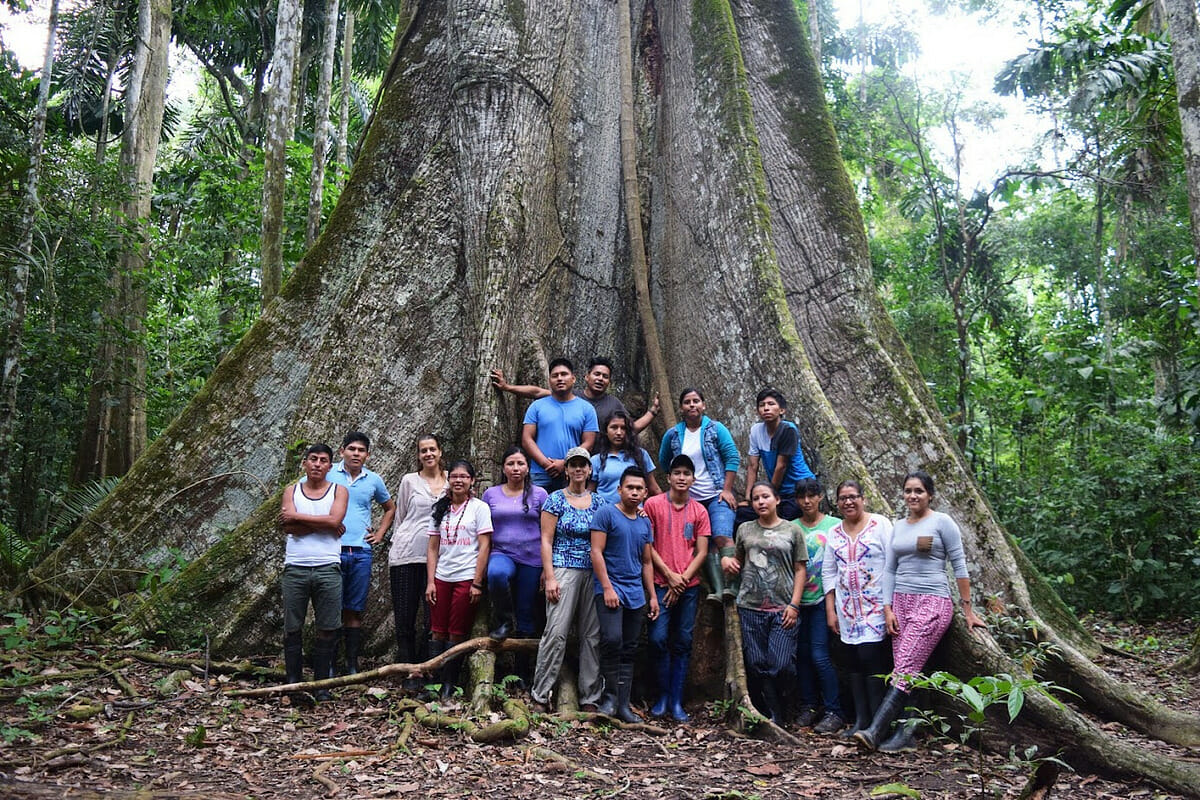
As the world faces complex environmental challenges so interlinked to production and consumption, the conversation around deforestation has gained significant momentum. Future of Cities sat down with Scott Francisco, the founder and director of Pilot Projects Collaborative and co-founder of Cities4Forests, to discuss the New York State Tropical Deforestation Free Procurement Act, the main causes of deforestation, our consumer choices, and how cities can actively engage with forests and forest communities for a regenerative future.
Our conversations began in Switzerland, at a small conference called the Klosters Forum that brought together built environment practitioners, designers, architects and academics in a collaborative setting high up in the mountains outside of Zurich.
As Future of Cities connected with new strategic partners, I decided to follow up on a post that caught my attention on Scott’s LinkedIn, about the New York Bill S 4859.
Interviewing Scott gave me insight into a fascinating market and unique global network connecting indigenous and local family-run forest harvesting communities — to major cities. From Guatemala to Gabon, Mexico and the US — there are regenerative practices being implemented to offer timber as a low-carbon substitute for construction and architecture, while supporting the biodiversity and forest restoration of tropical landscapes.
The discussion in this article seeks to bring light to the cross-sector cutting issue of tropical forests — of prominent importance to demonstrate innovative solutions that hit many positive outcomes for people and the planet.
Long-term relationships are being built across borders and continents — connecting rainforest communities with scientists, architects and city-planners. We hope the new New York State Bill takes this into account.
Scott Francisco’s 30+ year career and passion for Wood and Forests
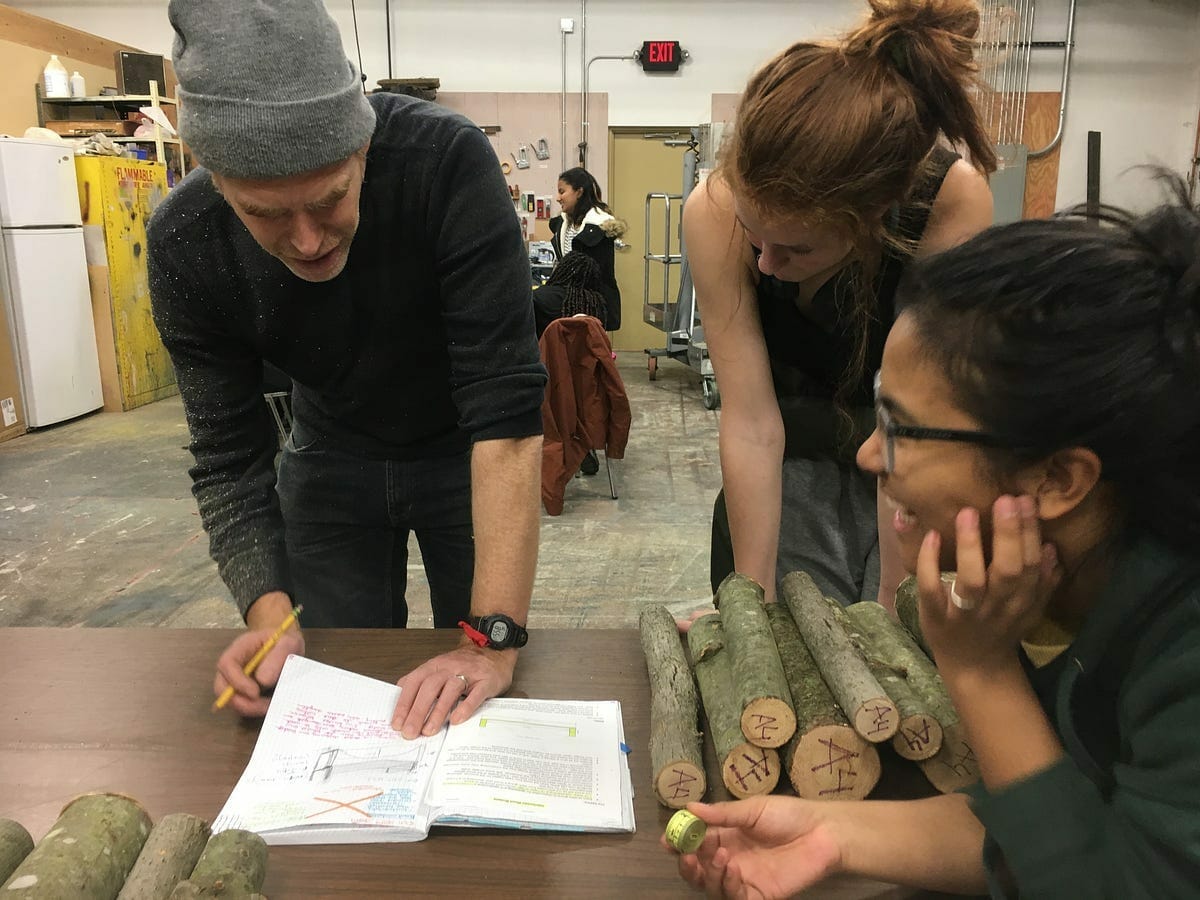
Scott Francisco introduced himself as an architect with a deep passion for wood as a construction material. He remembers how his undergraduate thesis involved creating an all- plywood house, a concept seeming bizarre at the time in the 1990s but foreshadowing the current excitement for mass timber buildings.

His love for wood led him to consider the larger role of forests in urban development: Can we use wood as a low carbon substitute for concrete and steel, and at the same time protect larger areas of forest from deforestation? Think of a park bench or office building made of wood, instead of concrete, and the forest supplying the timber given a secure future as a result. This opens many possibilities for other architecture & construction using wood to become investors in the future of forests and cities.
He co-founded Cities4Forests, a global network of cities working towards integrating forests into their climate action plans.
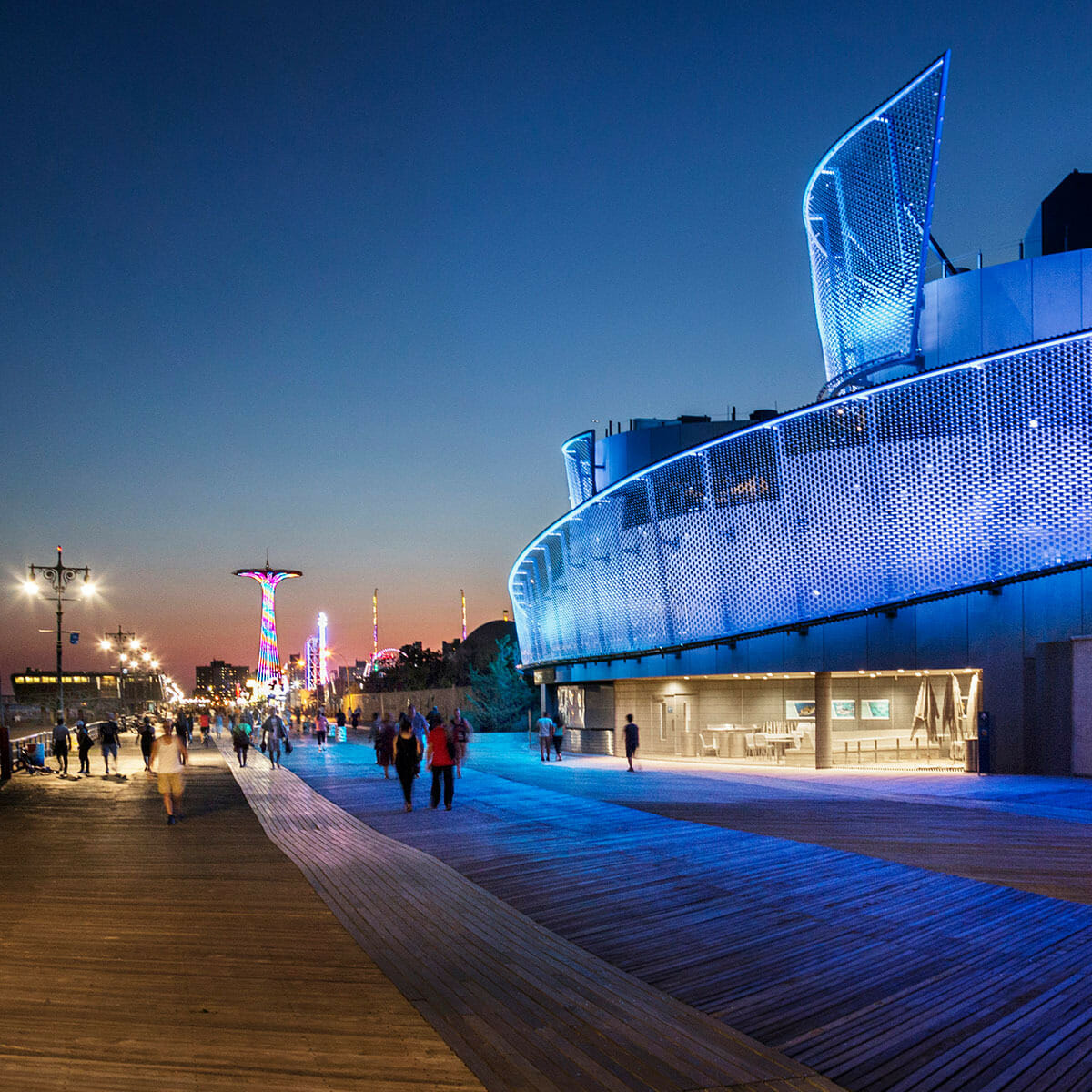
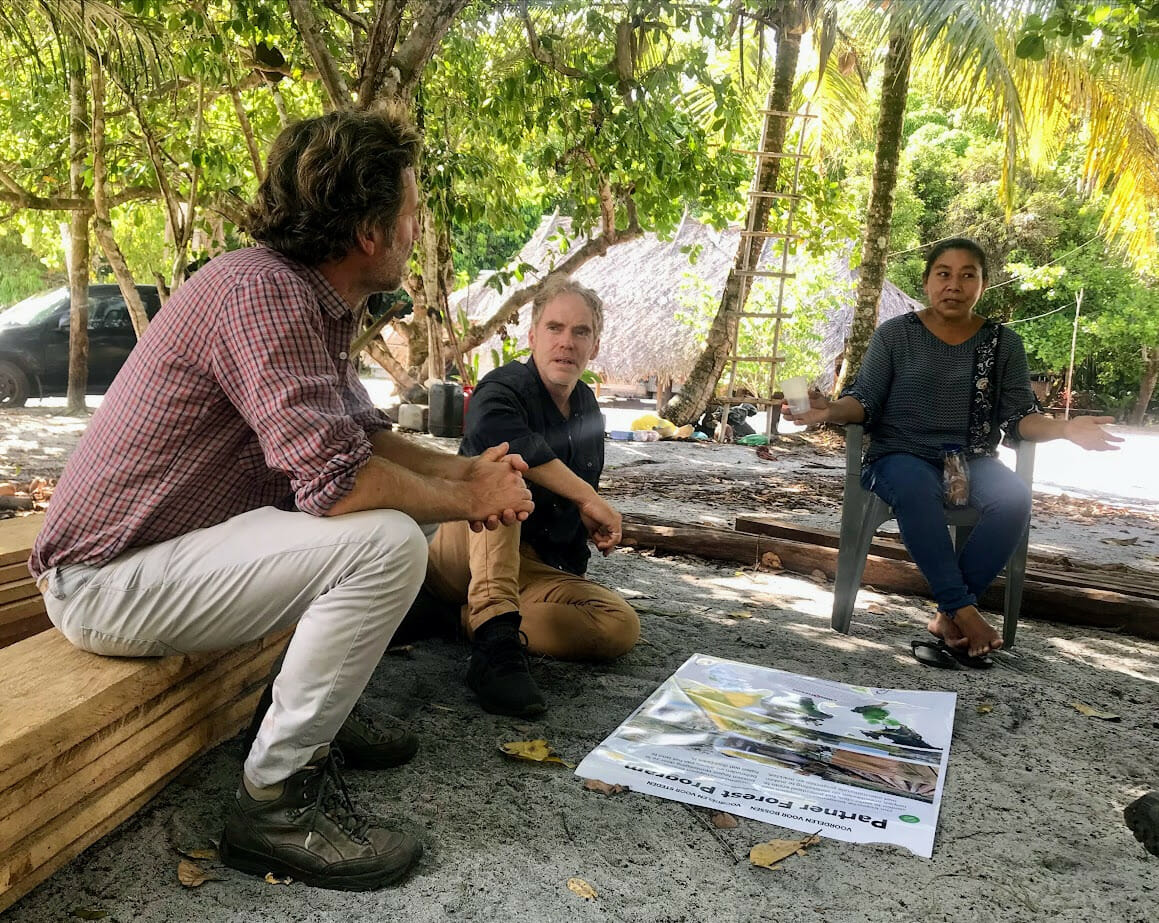
The New York State Tropical Deforestation Free Procurement Act: Explained
Francisco dove into the New York State Tropical Deforestation Free Procurement Act, a bill aimed at curbing deforestation’s negative impacts. The bill prohibits government procurement contracts from including any products associated with deforestation. However, there was a crucial issue — the bill treated all tropical timber equally, regardless of its source or regenerative practices. Poor timber management practices, including illegal and high intensity logging and some monoculture industrial timber plantations, do drive deforestation in many tropical forests. But it’s not the whole story.
“The main drivers of deforestation are the industrial-scale production of beef, soy and palm oil,” said Francisco, primarily in tropical regions, highlighting the growing global commodity and demand for palm oil over the past 15 years, which has resulted in large areas deforested in Indonesia. Beef and soy are similarly destructive in the Amazon.
We at Future of Cities are big advocates and practitioners of biodiverse, small-scale family farming, social forestry, regenerative soil agriculture. The way in which we grow our products and crops deeply affects so many other areas of our lives, health and the planet.
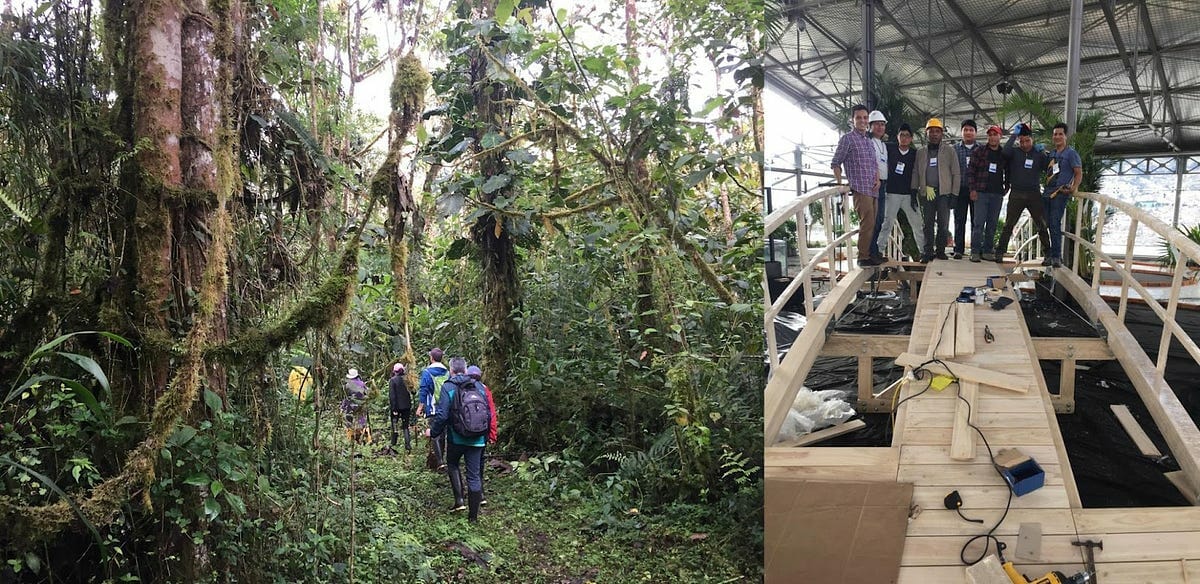
Conservation Timber: A Sustainable Alternative by Local Communities
Scott explained the concept of “conservation timber,” wood harvested sustainably in low volumes from community-managed forests. This approach offers local communities an alternative to deforestation while ensuring biodiversity conservation.
As we focus on regenerative placemaking solutions at FOC — it is so powerful to learn about these methods that allow the forest to regenerate, through active community engagement.
Recognizing and promoting conservation timber and other forest products by local communities is critical for healthy ecologies and economies.
Thousands of families rely on a sustainable harvest of timber as their primary livelihood, to support their children and communities. It didn’t seem right or logical to draft a bill that blanket-prohibits all kinds of timber in government contracts regardless of whether or not they are good for the communities and the forest, or what the outcomes will be.


He suggested an amendment to the Bill that specifically states criteria based on management practices that maintain healthy biodiversity, and are economically productive so that those same communities have an alternative to having their forest completely cut down.
One example of such a definition for this criteria could be Forest Stewardship Council (FSC) certification, the broadest and most robust global certification program for timber. FSC certified timber could be a requirement that is added and adjusted in this Bill.

He emphasizes that we can look at timber harvest the same way you would for chocolate or coffee production — two wonderful commodities that also come from tropical forests. There are two ways to harvest: clearcut monoculture that destroys biodiversity and nature-based livelihoods, or regenerative models that rely on shade and rich biodiversity and therefore keep forest landscapes intact.
Imagine if the State of New York decided to purchase only shade-grown bird friendly coffee for government employees that comes from these biodiverse landscapes?
“Just like coffee can be terrible or wonderful for a forest landscape, so can timber be terrible or wonderful.” Francisco said, his passion clear throughout his thoughtful analyses.
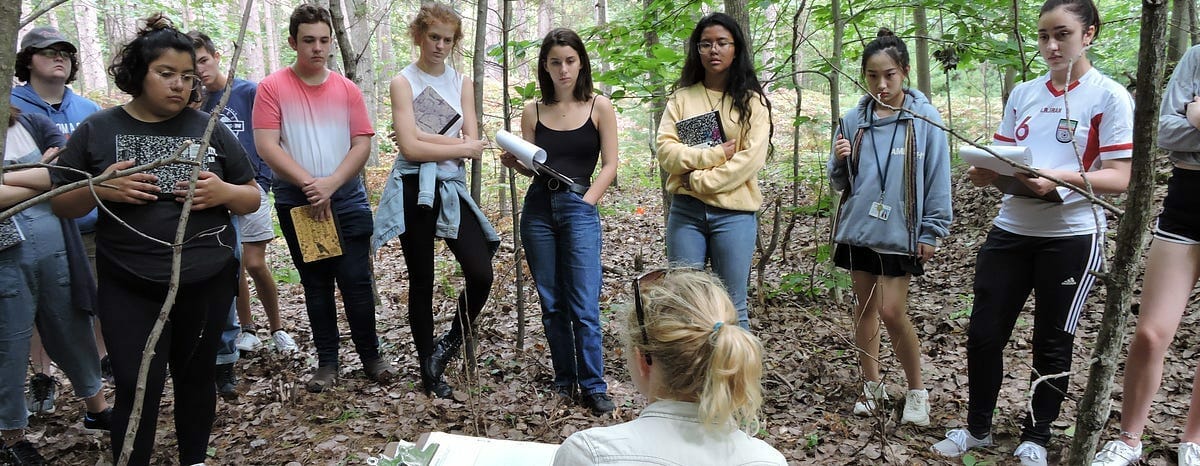
Advocacy at NYC Climate Week + A Guidebook for Developers
“So what can we do?” I inquired, asking about the tools for advocacy and awareness to protect these indigenous-model systems of local and regenerative forestation for construction and urban development. While this bill is still sitting with the governor, he encourages people to engage in constructive discussion and connect to government representatives, notably with NYC Climate Week coming up next week. He encourages engagement with his LinkedIn post, welcoming comments, revisions and feedback to the points he outlined in a letter to the Governor.
Francisco has also co-created useful tools such as the Forest Footprint for Cities, which helps cities track their tropical forest (and climate) impact, and invites us all to check on our cities and use data tools like this in our work, education, and policy advocacy.
Pilot Projects has developed a Sustainable Wood for Cities — a detailed guide for city governments, and private sector group (architects, engineers, developers) to evaluate the sustainability of their wood options, the source and production process, “we call them pathways that can guide you towards higher level of sustainability in your wood choice.”
It’s free to use and anyone can access it at citywoodguide.com
Francisco and I ended the conversation recognizing the value of activating a positive relationship between the rural and urban landscapes to mutually support each other:
“We have to activate cities to be proactive with their rural counterparts.”
To conclude with an excerpt from Scott Francisco’s message:
“Time, science (and satellite photos!) have clearly shown that management by local community residents is the best way to ensure that these forests are intact and healthy decades and centuries later. The businesses that these communities create keep the brightest, most dedicated young people working in these forests, and allows for generational knowledge-transfer over the long term.”
Major conservation organizations like Wildlife Conservation Society, Rainforest Alliance, World Wildlife Fund, Conservation International, U.S. Forest Service, USAID, The Nature Conservancy, and hundreds more, support community-led conservation timber enterprises.
We hope that the great State of New York will too.
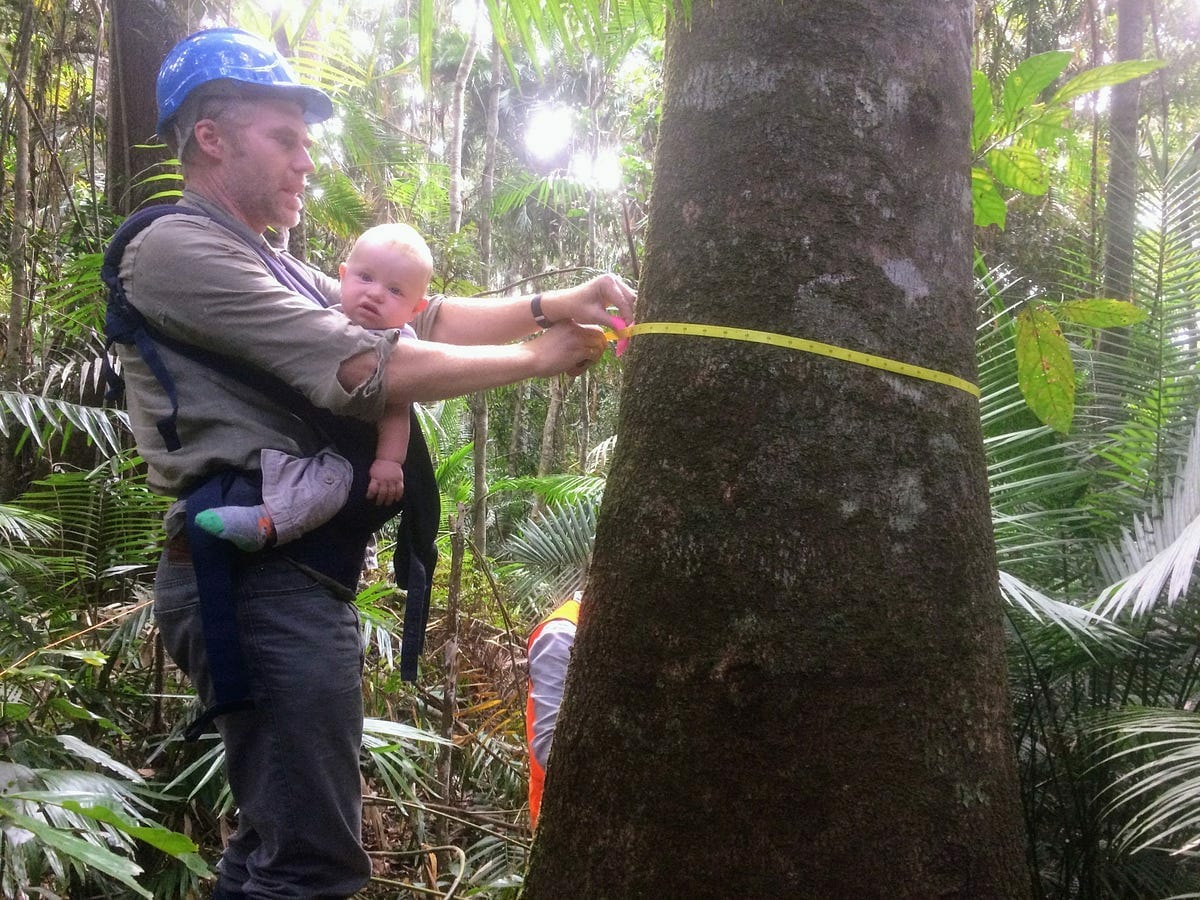

Join the regenerative placemaking movement: Subscribe to our newsletter at focities.com to get involved, email me at: ajtohme@focities.com and follow us on Instagram.
Get in touch with Scott Francisco: scott@pilot-projects.org to learn more about tropical forests and forest communities around the world and follow @partnerforestprogram and @cities4forests.
